Oak wood has long been esteemed for its remarkable properties and versatility in various applications. Prized by carpenters, furniture makers, and architects, oak has played a significant role in human history, shaping everything from iconic buildings to beautiful furniture pieces.
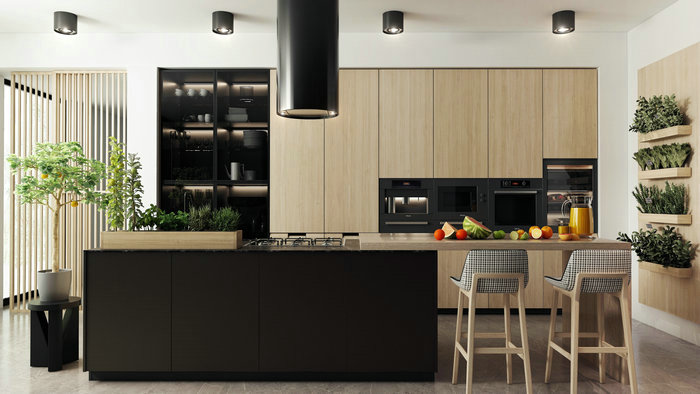
This durable and timeless material comes in many species, each with unique characteristics and applications. Understanding oak wood’s properties, uses, and care is essential for professionals and enthusiasts looking to appreciate and make the most of this exceptional material.
Key Takeaways
- Oak wood is a highly durable and versatile material with a strong historical significance.
- There are many species of oak, each offering unique properties suited for various applications.
- Proper care and understanding of the material ensure oak products’ longevity and beauty.
Overview of Oak Wood
You may have heard of oak wood, a popular type of wood species commonly used for furniture and construction. Solid oak is a diverse genus of the oak tree and shrubs known scientifically as Quercus. They belong to the deciduous family, which means they shed their leaves annually.
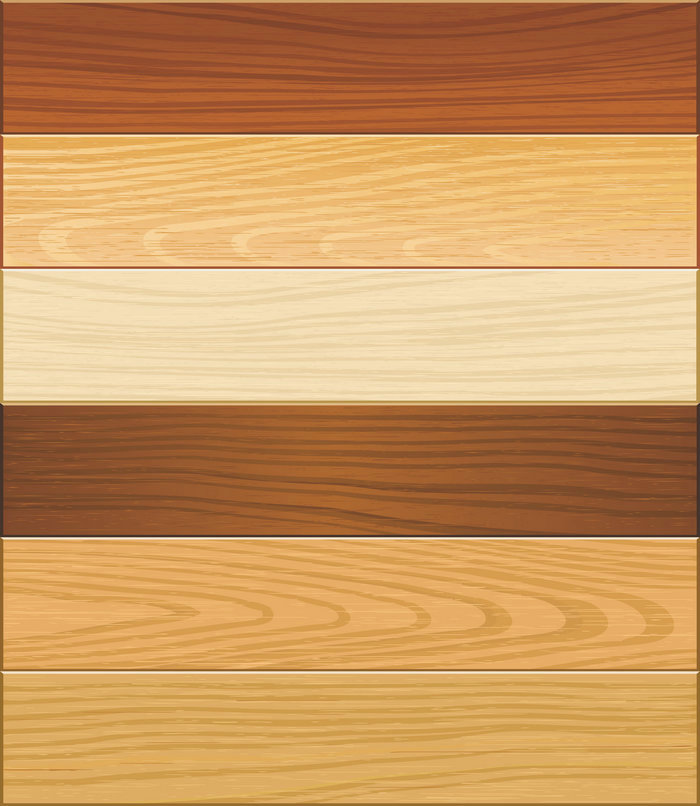
Your interest in oak might stem from its widespread presence in the United States. Indeed, oak trees are native to the Northern Hemisphere, spanning various regions across the globe, especially Eastern North America. However, what sets oak apart from other hardwoods is its durability and strength.
If you choose to work with northern red oak and other samples, you’ll notice it’s rich in tannins or tan. These natural compounds provide robust resistance against insects and fungal attacks.
As a result, your oak creations are expected to last for generations.
One useful aspect of oak wood is its versatility. You’ll find over 600 species of Quercus worldwide, each with unique characteristics, grain patterns, and colors.
That’s why oak serves various purposes, including flooring, cabinetry, and wine barrels.
Significance and Historical Uses of Oak Wood
For centuries, oak wood has been valued for its strength, durability, and aesthetic appeal. As you explore the historical uses of oak wood types, you’ll find that it played a crucial role in shipbuilding and making oak barrels.
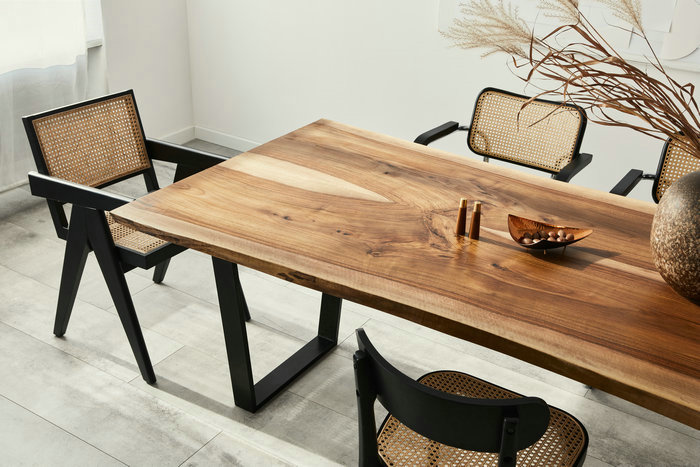
Oak’s resistance to rot and its abundance made it the perfect choice for constructing sturdy vessels that could withstand the demands of the sea. Oakwood was the primary material to construct the iconic British warship HMS Victory because of the natural finish.
Beyond its role in shipbuilding, oak wood has been used for medicinal purposes. The oak tree’s bark, leaves, and acorns all contain tannins with natural astringent properties.
These properties made it useful for treating minor cuts, skin irritations, and inflammation. People would boil oak bark to create a decoction that could be applied topically or ingested for relief.
- Strength and durability
- Rot resistance
- Shipbuilding
- Medicinal properties
Additionally, oak trees have been a vital food source for various wildlife. The acorns produced by oak trees are an essential food source for many animals, such as deer, squirrels, and birds.
While not traditionally consumed by humans, acorns can be processed to make edible flour, providing a valuable source of nutrition when other resources are scarce.
Types of Oak Wood
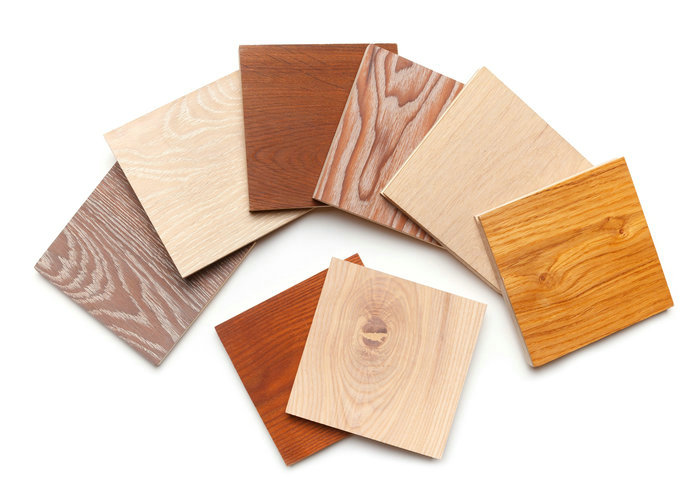
1. Red Oak (Quercus Rubra)
Red Oak, belonging to the Quercus Rubra family, is a popular choice for woodwork. It is known for its distinctive, open-grain pattern and consistent texture. You’ll find that Red Oak is relatively hard, making it suitable for flooring and furniture projects.
Notable oaks within this category include the Pin Oak (Quercus palustris), Black Oak (Quercus velutina), and Scarlet Oak (Quercus coccinea), among others.
The reddish-brown hue adds warmth to any space, with the cherry bark oak (Quercus falcata) as an example. Beware, though, as Red Oak is less resistant to rot and insects than White Oak varieties.
2. White Oak (Quercus Alba)
The Quercus Alba family, commonly known as White Oak, is prized for its durability, resistance to rot, and water-impermeable qualities. This type of oak is often used for boat building, furniture, and outdoor projects.
Within this category, you’ll find species like the Post Oak (Quercus Stellata), Swamp White Oak (Quercus Bicolor), and Bur Oak (Quercus Macrocarpa).
White Oak can be easily identified by its light to medium brown color and straight grain pattern. It is a great choice if you’re looking for a tougher option than Red Oak. Among White Oak trees, the English Oak (Quercus Robur), Live Oak (Quercus Virginiana), and Chestnut Oak (Quercus Prinus) are well-regarded species.
3. Other Oak Types
While Red and White Oak are the most common types of oak wood, other varieties are worth considering for your projects. The European Oak (Quercus Robur) is known for its golden color and robust character, often used in wine barrels and flooring. Holm Oak (Quercus Ilex) and Japanese Oak (Quercus Mongolica) provide unique looks for furniture pieces and interior decorations.
Other species, such as the Southern Red Oak (Quercus Falcata), Water Oak (Quercus nigra), Willow Oak (Quercus phellos), and Sessile Oak (Quercus Petraea), offer diverse options to fit your woodworking needs. Explore these different types of oaks to find the perfect wood for your projects.
Properties and Characteristics of Oak Wood
When you encounter oak wood, you’ll notice its strength is one of its defining features. This hardwood is known for its durability, making it ideal for furniture, flooring, and cabinetry. With a Janka hardness of 1,290 lb for red oak and 1,360 lb for white oak, you can trust that your oak wood pieces will withstand scratches and dents.
The grain patterns of oak wood are distinctive and contribute to its popularity. Straight and attractive swirling patterns add to the wood’s unique character. Additionally, the texture is typically coarse but even, providing a stable and uniform appearance.
One notable characteristic of oak wood is its natural resistance to insects, fungi, and moisture damage, thanks to its high tannin content, a natural herbivore repellent. This resistance makes it a favored choice for outdoor and indoor applications where durability is crucial.
Oakwood offers a color range between light tan and medium brown, with white oak showcasing slightly lighter hues than red oak.
The sapwood typically presents a pale hue, while the heartwood of both red and white oak tends to be darker. These color variations allow you to choose a shade that suits your aesthetic preferences.
While oak’s density creates a strong material, it is essential to note that staining and finishing can be challenging due to high tannin levels.
Tannic acid within the wood can react with some finishes and produce uneven coloring or dark spots. Therefore, it’s a good idea to test stains and finishes on a sample piece of oak before applying them to your final project.
In summary, oak wood offers many benefits, including strength, durability, and distinctive grain patterns. The wood’s beauty and resistance to damage make it an attractive material for furniture, flooring, cabinetry, and various other projects. No matter your design desires, you can go right with oak wood.
Uses of Oak Wood
● Furniture
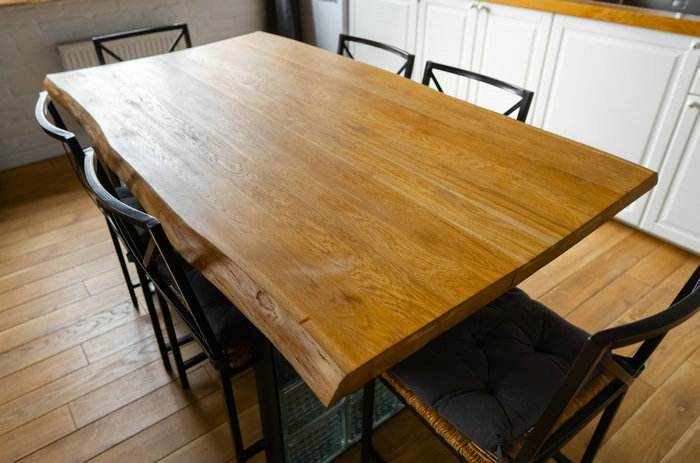
We always recommend oak wood for its durability and attractive appearance. Also, oak wood has a natural strength allows for the construction long-lasting pieces, such as tables, chairs, and beds.
The distinct grain patterns and rich oak wood colors add warmth and charm to any room. Remember to take proper care of your oak furniture, which can last for generations.
● Flooring
Oak flooring is an excellent choice for your home. Its hard-wearing nature can handle heavy foot traffic. Also, the variety of colors and styles available makes it possible for you to find the perfect match for your interior design.
Oak wood is also moisture resistant, making it suitable for various spaces, including kitchens and bathrooms. Proper maintenance will ensure your oak floors remain beautiful for years to come.
● Cabinetry and Millwork
With its durability and appealing aesthetics, oak wood is a go-to option for custom cabinetry and millwork. Its outstanding stability makes it an ideal material for kitchen cabinets, built-in storage, and doors. You can choose from different finishes, like a natural look or a stained finish, to enhance or transform your oak cabinet or millwork project.
● Construction and Structural Applications
When constructing exterior applications, oak wood is a suitable choice. It is resistant to insect attacks and decay, so your home’s structure will be strong and resilient. The attractive appearance of oak wood works well for exposed beams, and its load-bearing capacity offers reliable support for your buildings. Consult an expert to determine if oak wood suits your specific construction project.
Sustainability and Environmental Impact
When it comes to oak wood, you’ll be happy to know it’s a renewable resource. With responsible forestry management practices, oak forests can thrive and provide a continuous supply of wood for generations to come.
Certifications like the Forest Stewardship Council (FSC) and the Programme for the Endorsement of Forest Certification (PEFC) ensure that oak wood products come from well-managed forests.
As you choose oak wood products, look for these certifications to confirm that your purchase supports environmentally friendly practices.
One key aspect of maintaining sustainability is conservation efforts. By preserving habitats, protecting endangered species, and supporting biodiversity, you’re contributing to the planet’s overall health.
Furthermore, oak forests serve as important carbon sinks, which absorb and store significant amounts of carbon dioxide from the atmosphere. This helps to mitigate climate change.
It’s essential to balance the benefits of oak wood usage with its environmental impacts.
Using locally sourced oak can reduce transportation emissions and support your local economy. Finally, always consider repurposing, reusing, or recycling any oak wood items at the end of their useful life to minimize environmental impacts and contribute to a sustainable, eco-friendly lifestyle.
Care and Maintenance of Oak Wood
Caring for your oak wood items, whether furniture, flooring, or cabinetry, involves cleaning techniques and protection from moisture and temperature changes. Here are a few essential tips for maintaining the beauty and durability of oak wood.
- Cleaning Techniques: Regularly dust your oak wood surfaces with a soft, lint-free cloth to remove dirt and debris. Dampen the cloth slightly with water and mild soap for stubborn spots or dirt. Remember to avoid soaking the wood and to always dry the surface immediately after cleaning.
- Products: When it comes to treating your oak wood, it’s vital to select the right products. Choose a high-quality, oil-based furniture polish or wax to enhance the natural beauty and protect the wood. Apply it per the manufacturer’s instructions using a clean cloth. It’s best to avoid using harsh chemicals or abrasive cleaning tools to prevent damage to your oak wood surfaces.
- Protection: To enhance the longevity of your oak wood items, place protective pads under heavy furniture to prevent dents and scratches on floors. Also, set coasters under hot or cold items to protect the surfaces from heat or moisture damage.
- Moisture and Temperature Changes: Oak wood can be sensitive to fluctuations in humidity and temperature, which can cause warping or cracking. Try to maintain a consistent indoor environment, ideally between 60-80°F and with a 30-45% humidity level. Consider using a humidifier or dehumidifier to help regulate indoor conditions if necessary.
- Furniture, Flooring, and Cabinetry: Regular care and maintenance will keep your oak wood furniture, flooring, and cabinetry looking their best for years to come. For furniture, periodically check and tighten any loose hardware, such as screws or hinges. For flooring, place rugs or mats in high-traffic areas to minimize wear. And for cabinetry, gently clean the surfaces with a soft cloth, avoiding contact with wet dishes or utensils.
Frequently Asked Questions
1. Is oak wood costly?
Oak wood can be more expensive than other types of wood, depending on the specific species and quality of the oak. Generally, oak is considered a mid-range hardwood in terms of cost. It is important to balance your budget with oak wood’s advantages for your specific needs.
2. What can oak wood be used for?
Oak wood can be used for a wide range of applications. It’s popular for furniture, cabinetry, and flooring due to its durability and attractive appearance. You can also find oak wood in construction, shipbuilding, and even for making wine barrels. The versatility of oak means you’ll have many options when considering its uses.
3. How good is oak wood?
Oak wood has several advantages that make it a popular choice. It is strong and durable and can withstand everyday wear and tear. Additionally, oak wood features a beautiful grain pattern and warm colors, making it an excellent choice for enhancing the aesthetic of any room.
4. Can oak wood resist water?
While oak wood has some water and moisture resistance, it is not entirely waterproof. It is important to properly seal and finish oak wood products to ensure their longevity in areas where moisture is present. Regular maintenance and care can help protect your oak wood from water damage.
5. How strong is oak wood?
Oak wood is known for its impressive strength and durability. Its dense and hard structure makes it an excellent choice for heavy-duty applications, such as furniture and flooring. It is essential to consider how much weight or force the oak wood will need to support to determine its suitability for your project.
6. Is oak wood sustainable?
Oak wood typically comes from slow-growing trees, meaning it takes longer to replenish than faster-growing species. However, many oak wood suppliers are committed to responsible and sustainable forestry practices.
Before purchasing any oak wood, looking for certifications from recognized organizations, such as the Forest Stewardship Council (FSC), is a good idea to ensure the wood has been sourced sustainably.
Conclusion
Oak wood has an enduring popularity, and it’s easy to see why. As a material, it offers both beauty and durability. When you choose oak for your woodworking projects, you’re selecting a versatile wood with a rich history and strong connection to the natural world.
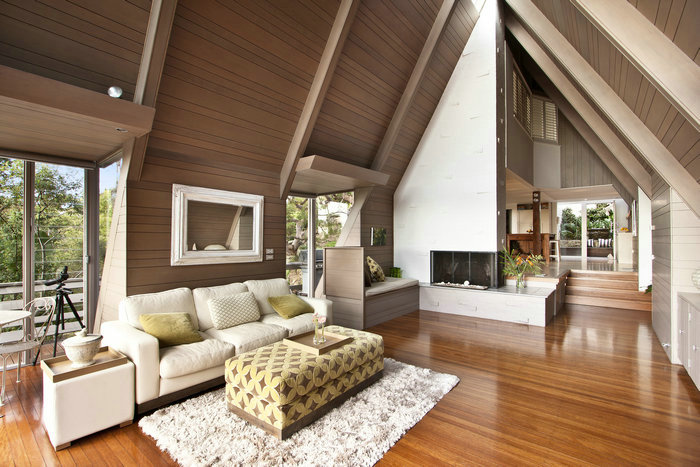
One of the key reasons for the oak’s appeal is the majestic beauty of the tree itself. These towering giants have long been a symbol of strength and longevity. While you work with oak wood, it’s worth considering the incredible life cycle of the tree from which it came.
This connection to nature further adds to the charm and appeal of this storied material. Finally, whether you’re building furniture, crafting accessories, or constructing a home, choosing oak wood is a decision that combines aesthetics, durability and a deep connection to the environment.
Embrace the beauty and versatility of this eco-conscious choice, knowing your projects will be enjoyed for years.
Contact Us Today
Send us a message to order the best oak wood materials in bulk. All you need to do is send us a message via the customer contact form on our site.






